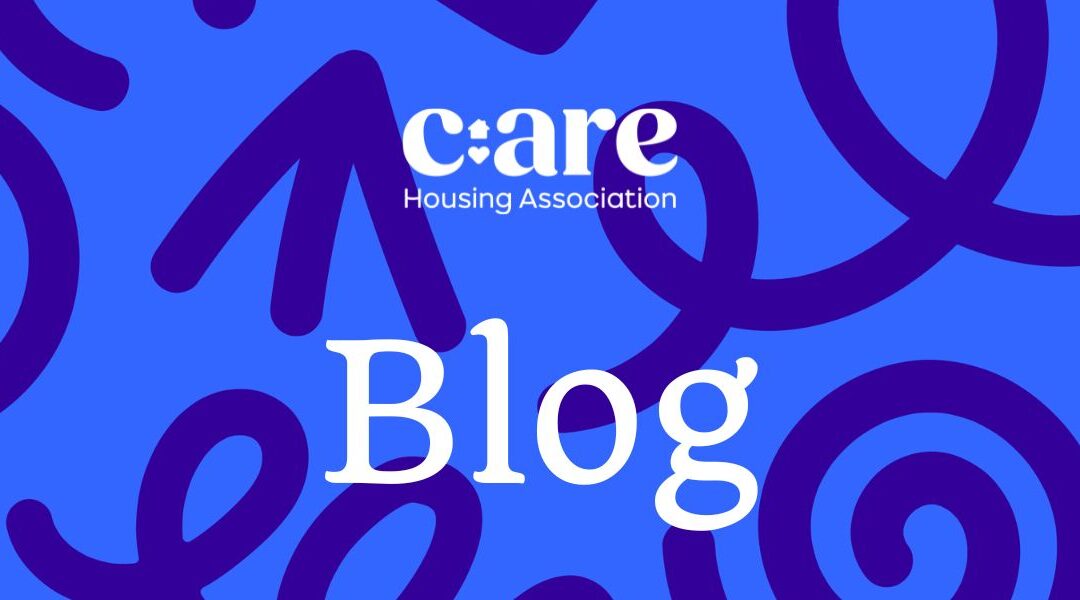TSMs for small, specialist providers of social housing
New tenant satisfaction measures (TSMs) were introduced by the regulator of social housing in England (RSH) in 2023, the first set of which had to be reported earlier this year. By now all registered providers of social housing (RPs) will be familiar with the 22 TSMs, 12 collected through tenant perception surveys and 10 technical requirements measured by landlords.
There was consultation on the measures, and it is acknowledged that the collection and reporting may be especially onerous for smaller providers, and that a single non-compliant scheme within a smaller sample will result in a much lower percentage being reported e.g. for BS01 – BS05. RPs with under 1000 units of accommodation don’t currently have to report directly to the Regulator, but they must still conduct tenant perception surveys every 2 years, compile technical data annually and publish the results.
It’s pleasing to see the RSH conducted a pilot this year to assess how much of a burden the process of submitting TSM returns is for smaller providers. There is an argument that all data being available to calculate averages for benchmarking would be of benefit, but given the diversity of providers, comparing results within more relevant sub-sets of RPs may be more useful. This is something Care are doing along with other members of the Learning Disability and Autism Housing Network.
At Care we have 14 staff members, none exclusively work on tenant engagement or data collection, so this task pulls key colleagues from assets and operations out of their busy day jobs. Our main challenge of delivering requirements, however, is that all our tenants have support needs, and many cannot understand and respond to the specified perception survey content.
Unlike question wording, survey methodology is not set. This offers flexibility to landlords and hopefully to tenants, but it is likely to influence results with face to face and telephone surveys, for example, being more likely to see favourable results than email or postal surveys. Landlords must explain their approach and justify changing methods in subsequent submissions, but it is unclear how this difference will be clear to tenants, who the TSMs are designed to empower.
Having taken two contrasting approaches to tenant perception surveys the past 2 years we can compare the pros and cons for us:
In early 2023, before TSMs were a requirement, we carried out a trial run using face to face surveys as standard. We know a significant proportion of our tenants lack capacity so tried to ask support provider partners and advocates to let us know in advance where they were sure individuals would not understand the survey. Then we split the surveys between our whole team, offering guidance and support to those who did not regularly interact with tenants. We arranged visits in advance so tenants knew we were coming and could arrange for an advocate to be present or request a different format, such as email, letter or telephone survey, which a small proportion did. For the in-person surveys we had easy read booklets with the questions available to support understanding and took time with each tenant to ask the questions in the prescribed wording. Many tenants chose not to engage in the process, which might be expected, and many tenants were unable to engage in the process or demonstrated a lack of understanding, which we also expected. While the one-to-one time felt beneficial for some to air their issues, very few of the discussions related to the prescribed questions, with many tenants talking about third party support or other tenants.
We felt this method would allow our tenants the best chance of involvement, and our staff the best opportunity to gauge the proportion of tenants who have capacity to respond, however we understand this method could be criticised for influencing results as it was not independent, and respondents may find it harder to share negative feedback face to face. We also know now that use of easy read materials goes against guidance from the RSH so many of these results would not be reportable. This method was naturally resource-heavy and took all colleagues away from their main responsibilities for 1-2 full days, though it was a good opportunity for office-based colleagues to meet tenants in their homes.
In March 2024, we conducted the first set of tenant perception surveys which must be published under the new standards. Having read the FAQs and updated guidance from the Regulator – https://www.gov.uk/government/publications/tenant-satisfaction-measures-faqs
– we understood that easy read surveys were not permissible and instead, anyone unable to use the standard written wording due to capacity limitations should be excluded from the main survey. We knew this would be a large proportion of our tenant group so questioned the usefulness of the survey and chose to use a simpler collection method of sending surveys out by post with a freepost envelope or email address to return it and the offer of a phone or in-person survey if preferred. We reminded households via support teams and housing officer visits and offered an incentive of being entered into a £50 voucher draw for those who responded.
In terms of our feedback on TSMs, we understand that questions must be consistent to allow comparison of landlord performance, however prohibiting use of data from easy read surveys excludes a large proportion of tenants in specialised supported housing, and even allowing these there would be many tenants unable to contribute. Given the resource required for limited output, it feels like there must be a better way for RPs to gather feedback from tenants with learning disabilities and/or autistic people.
There is huge diversity within the supported housing sector, but we know many smaller and specialist providers feel TSM 11 – asking about landlord contributions to ‘your neighbourhood’ – is not relevant and causes confusion. We also know many providers find TSM 4 – complaints handling performance – unhelpful as many more respondents report having made a complaint than have in reality.
I am hopeful that the RSH will give further consideration to providers and tenants of specialised supported housing to find a meaningful way of gathering and sharing satisfaction data that does not draw resource away from essential services. We are continuing to capture transactional feedback and identifying ways to increase engagement with our tenants, including more accessible surveys in alternate years to the TSM surveys and a new menu of involvement which we’ll launch later this year.

